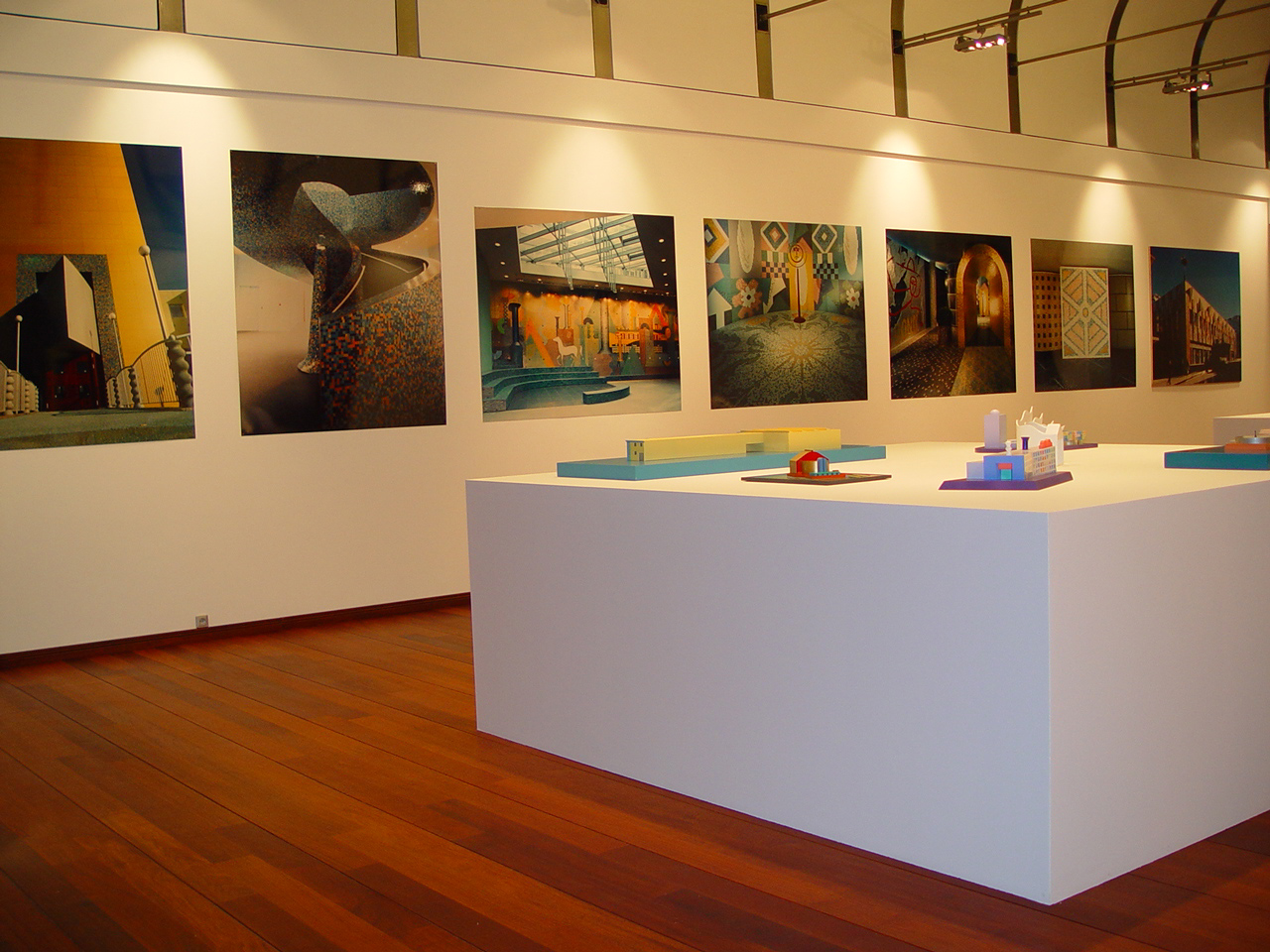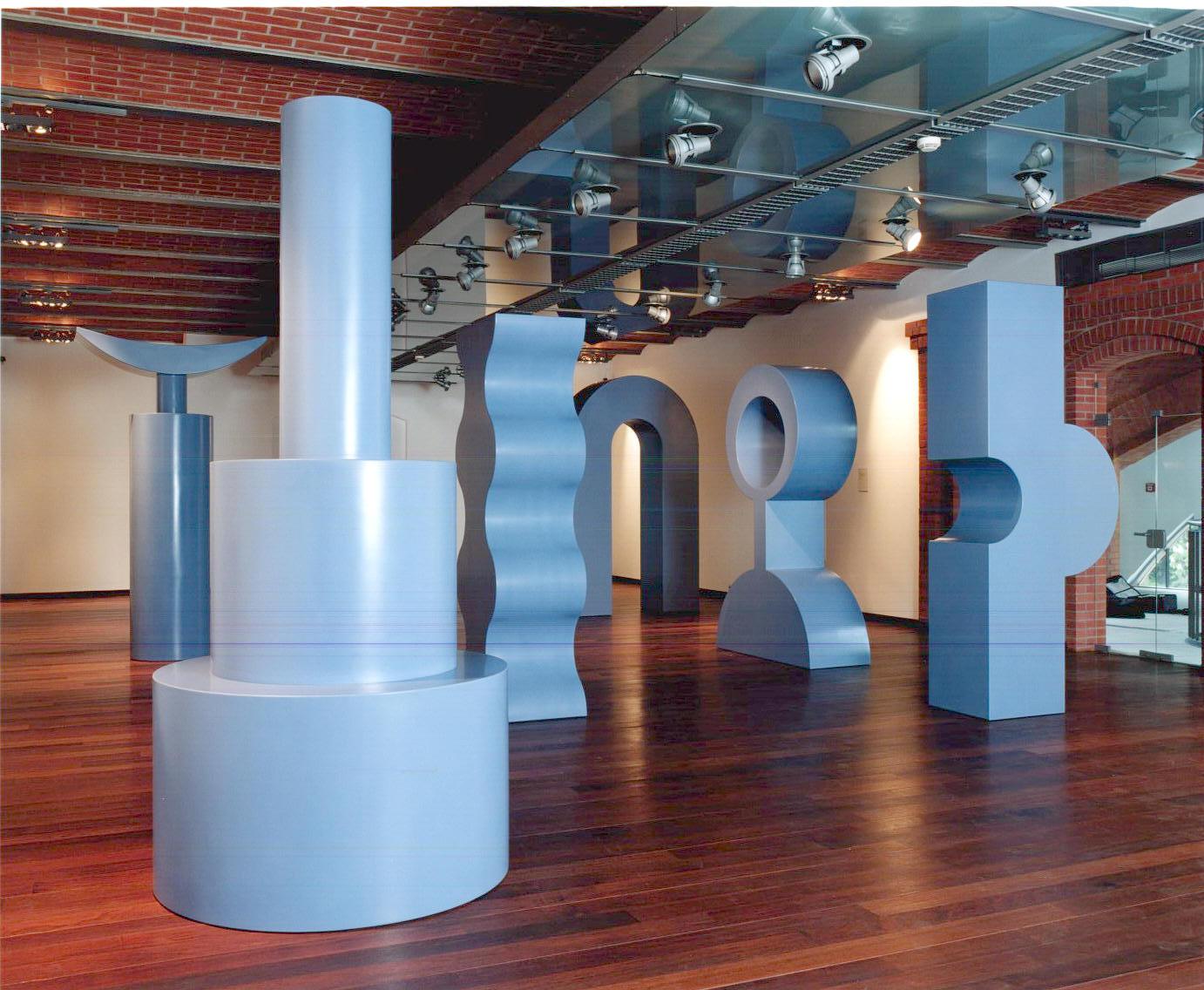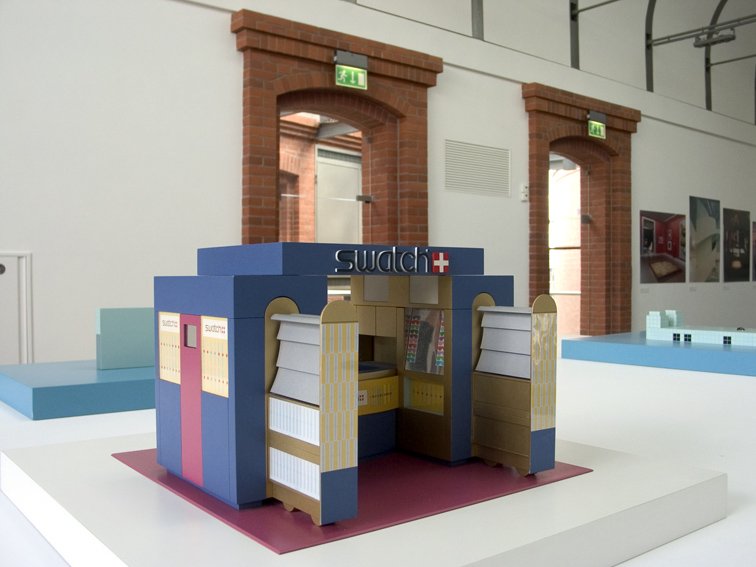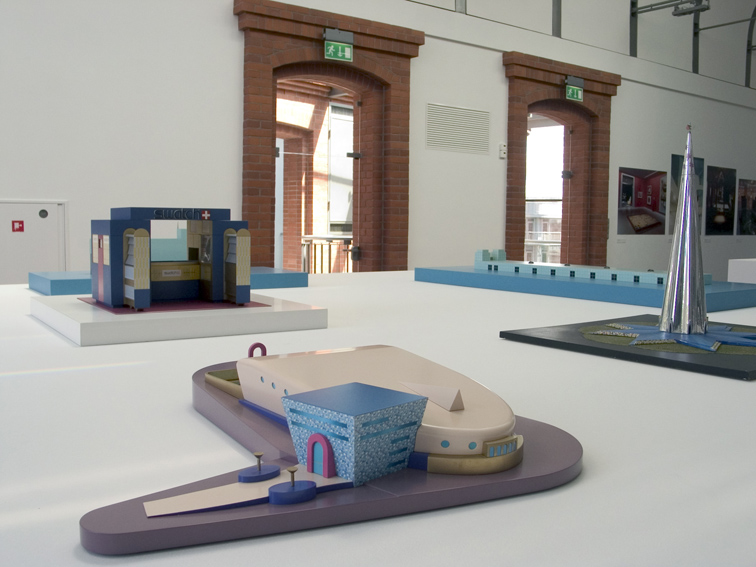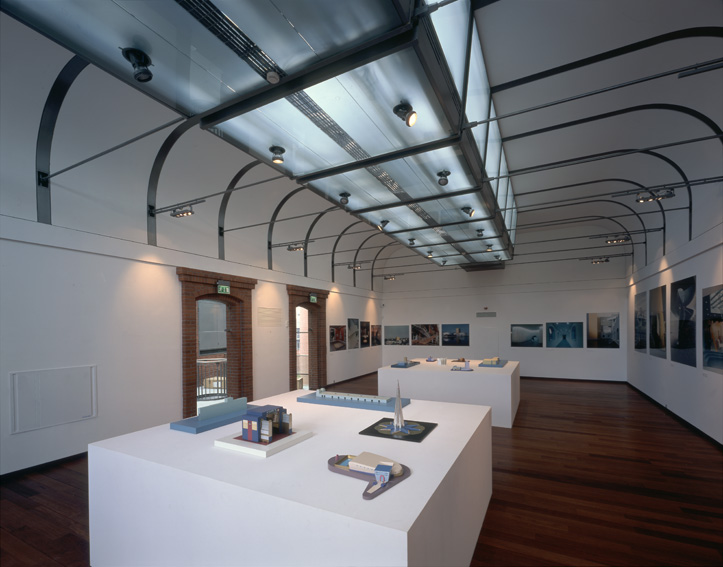Introducing the achievements of world design to the Polish audience has been one of the priorities of the Kulczyk Foundation from the beginning. Hence the idea to inaugurate its activities with a retrospective exhibition of Alessandro Mendini’s work.
The “Mendini” exhibition was the first display of the works of world-renowned architect, designer and artist Alessandro Mendini and his architect brother Francesco Mendini in Poland and Central and Eastern Europe.
Early works of the artist could be seen in the main building of the National Museum in Poznan, installations and sculptures designed especially for the Poznan exhibition – in the spaces of the Old Brewery.
Thanks to the patronage of the Kulczyk Foundation, new sculptures by the artist could be seen. “Cittá Gentile” was an installation depicting a metaphysical city, in which Mendini has spatialized stilemi – the alphabet of signs he has been using for years. In it, the city is understood as a community and the colors and forms that, together with the people and their feelings, form a living fabric. “Cittá Gentile” in Polish translation means a city that is “polite” but also “sensitive.”
The first floor of the Gallery was occupied by an exhibition devoted to Mendini’s architectural projects presented in the form of photographs and models. One of the most original objects in the exhibition was the “Dress for the Designer” designed by Mendini and made by the fashion house Etro – a special suit with emblems of all the museums and companies for which Alessandro Mendini worked.
In the lobby of the shopping area of Stary Browar, “Sogni” (Dreams) were presented – installations consisting of four interiors arranged in different styles. One was dedicated to nature, others to art, technology and glamour. In “Dreams” Mendini also used works by other artists – Nicola Boll, Inge Bouwmeester, Masayo Ave. He used fabric and wallpaper designs by Etro, lamps by Marco Ferreri and chandeliers made of hand-formed glass by Venini and VNanson.
The exhibition was opened by Alessandro Mendini himself, together with his Milan-based collaborator, Dorota Koziara, curator of the Poznan exhibition. A comprehensive album of Mendini’s works and informational brochures were published as part of the project.
The exhibition was viewed by nearly 4,000 people.
